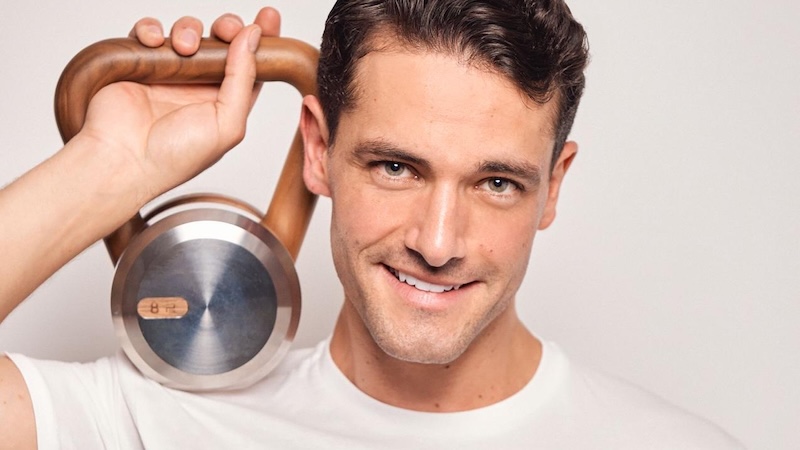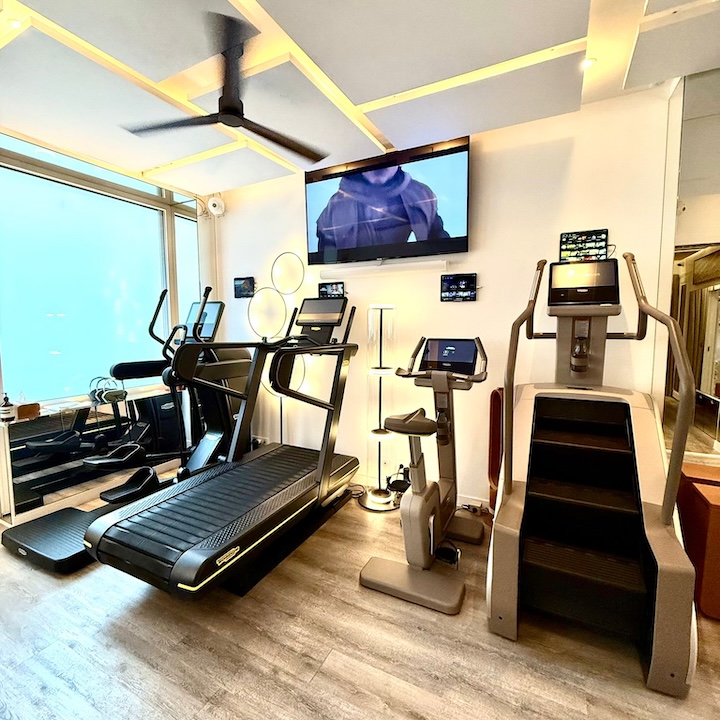The Real Skill in Coaching: Knowing When to Step In
In coaching, success is often attributed to programming, expertise, or technical knowledge. Yet one skill quietly shapes the entire learning process: the ability to know when to intervene. Not how loudly, not how often, not how confidently - but when.
The right cue at the right moment accelerates progress. The same cue at the wrong moment slows it down. Good coaching is not constant correction. It is calibrated timing.

Effective coaching also requires the humility to understand that progress does not belong to the coach. It belongs to the athlete. A coach can guide, refine, and adjust, but real change happens in the moments where the athlete connects the dots internally. That connection can’t be rushed or forced. It needs space, timing, and the right emotional climate.
This is why the best coaches often appear quieter than expected: they are not withholding knowledge, they are protecting the environment in which learning actually occurs.

They wait for the moment when the body is ready to hear a cue, when the mind is open enough to process it, and when the movement is stable enough to integrate it. Intervening before this moment is noise. Intervening after it is a missed opportunity. But stepping in precisely when understanding is within reach creates a kind of shift that feels effortless, even though it’s anything but.
Coaching Is Not Micromanagement
Many coaches assume that continuous feedback equals better results. Every second brings a new instruction: straighten the back, breathe differently, adjust the knees, rotate the hips, soften the shoulders. All technically correct - and all potentially counterproductive.

Excessive cues overwhelm the nervous system. Excessive interruption breaks focus. Excessive correction prevents autonomy. A great coach understands that improvement does not happen under a flood of instructions. It happens in the space where the athlete can feel, adjust, and own the movement. The difference between progress and frustration often lies in the silence between the cues.
The Learning Window: Where Improvement Actually Happens
Motor learning research consistently shows that timing matters more than quantity.
A study published in Frontiers in Psychology demonstrated that adults learning new motor skills improved significantly more when feedback was given intermittently - and especially after short independent attempts - rather than continuously during the task.
Source: https://www.frontiersin.org/articles/10.3389/fpsyg.2018.01955/full
The conclusion of the study is clear:
- feedback that comes too early disrupts exploration,
- feedback that comes too late reinforces mistakes,
- feedback delivered at the right moment strengthens the learning process.
Coaching, therefore, is not the art of giving instructions.
It is the art of placing them in the optimal learning window.

Observation Before Intervention
Effective coaches spend more time watching than speaking.
They read patterns, not just movements. They observe breathing, rhythm, hesitation, fatigue, and intention. They identify whether the athlete is overwhelmed, under-challenged, or on the verge of breakthrough.
Intervention becomes strategic:
- Pause when the athlete is self-correcting.
- Step in when the pattern stabilizes incorrectly.
- Hold back when more repetition is needed for understanding.
- Intervene immediately when safety is compromised.
The aim is not control. The aim is clarity.
Three Moments That Truly Require a Coach’s Voice
1. When safety is at stake
A coach must intervene instantly if a movement compromises the spine, joints, or breathing. Timing is irrelevant in this case - safety overrides all other considerations.

2. When an inefficient pattern is about to become a habit
There is a moment where repetition crystallizes into habit. A coach who intervenes just before this moment prevents long-term compensation and accelerates skill acquisition.
3. When the athlete hits a cognitive or mechanical block
Some barriers are invisible but obvious: hesitation before a lift, inconsistent balance, difficulty initiating movement. This is where a well-timed cue unlocks fluidity.
These interventions form the backbone of effective coaching - rare, intentional, and well-placed.
Why Timing Builds Better Athletes
Intervening at the right moment builds:
- autonomy, because the athlete learns to feel movement instead of waiting for instructions;
- confidence, because improvements are self-generated, not coach-dependent;
- efficiency, because technical adjustments last longer when they come from understanding, not compliance;
- resilience, because athletes learn to adapt, not just to obey.
Ultimately, good coaching creates athletes who can perform without supervision - and that is the true mark of mastery.
Conclusion: Coaching Is Precision
A coach does not need to speak constantly to be effective.
A coach needs to speak accurately.

Intervening too much creates dependency.
Intervening too little creates confusion.
Intervening at the right moment creates progress.
Coaching, at its highest level, is not the act of correcting movement - it is the ability to guide learning through timing, restraint, and understanding.

Knowing when to step in is not a detail.
It is the skill that separates good coaches from exceptional ones.









